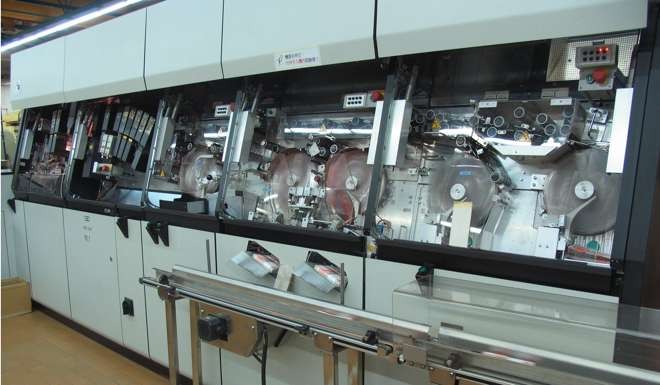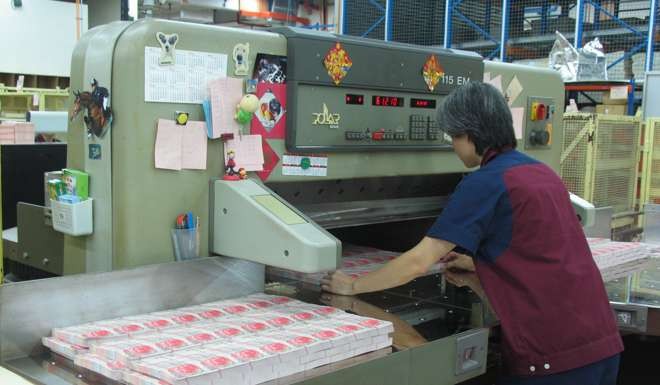
Hong Kong’s Lunar New Year lai see tradition is big business with 400 million more banknotes in circulation
About half are newly printed banknotes, which means the authority needed to print about 200 million banknotes for the Lunar New Year.
Currently there are 2 billion banknotes in circulation valued at HK$408 billion, up from HK$157 billion in 2006, with an annual growth rate of 10 per cent over the past 10 years, Yip said in an interview with the South China Morning Post.


Most Chinese companies will also give their employees a HK$100 lai see packet on the first day back at work after the Lunar New Year.
Traditionally, bank customers ask for newly printed banknotes for their lai see packets. Banks usually let customers exchange old notes for new banknotes about two weeks ahead of the Lunar New Year.
Many banks open earlier and close later to allow customers to exchange banknotes.
The HKMA also dispatches its own staff to monitor bank branches to make sure the exchange is as smooth as possible, Yip said
She said many customers, especially the elderly, insist on newly printed banknotes for their lai see packets as they follow the tradition that everything has to be brand new.
“However, this is not very environmentally friendly as it takes a lot of cotton and energy to make new banknotes,” she said.
That’s why the HKMA in 2006 launched “ying-san notes”, or “good as new notes”, which are used notes but still in a good enough condition for lai see. Banks in Hong Kong use machines to determine if banknotes are clean and good enough to use as lucky money.
This year, among all banknotes available for lai see, there are about 50 per cent that are ying-san notes while the rest are newly printed. This compares with only 20 per cent of ying-san notes when the scheme first launched in 2006.
“On average, it takes about one tonne of cotton for every 1 million banknotes. With about 50 per cent of lai see banknotes as ying-san notes, we print 175 million fewer new notes, so this saves about 175 tonnes of cotton, as well as ink and energy used for the printing, plus transportation costs,” Yip said.

“Every year it repeats the same cycle – parents or grandparents exchange banknotes at the banks to prepare lai see for the children. When the children use the lai see to buy toys, the shops deposit the banknotes in the bank and the money circulates back into the banking system,” she said.

The HK$100 and HK$20 banknotes, the most commonly seen denominations used for lai see, are usually circulated more frequently in retail transactions before being deposited in banks, so they usually only last 18 months on average before needing replacement.
Both the Bank of East Asia and Hang Seng Bank said customers prefer newly printed banknotes for lai see money, but would accept ying-san notes if they cannot get newly printed ones. A Hang Seng Bank spokesman said the HK$20 and HK$100 banknotes were the most popular while a Bank of East Asia spokesman said HK$50 banknotes were the most popular among its customers.

